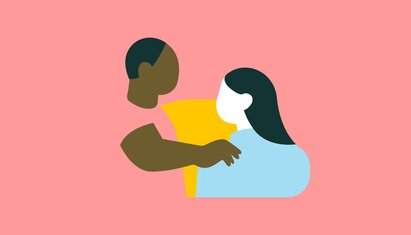How to use measurement-based care to strengthen therapeutic alliances

Published September 7, 2021

Join Taylor Wolfram, MS, RDN, LDN, Dr. Ebony Butler, and Kayla Stanton, MS, RDN, CDN as they discuss eating disorder treatment, and how to help clients with eating disorder recovery.
Facilitated by Adrien Paczosa, RD, LD, CEDRD-S, this group of experts answers questions from supporting clients of all ages who are different types of eating disorders, how intersections of systemic issues can impact treatment for people of color, and best practices for parents whose children may have an eating disorder.
Together, they encourage a holistic and collaborative approach to eating disorder treatment, and ways you can start getting involved and offer the best possible care.
Proudly made in Santa Monica, CA © 2025 SimplePractice, LLC
Proudly made in Santa Monica, CA © 2025
SimplePractice, LLC